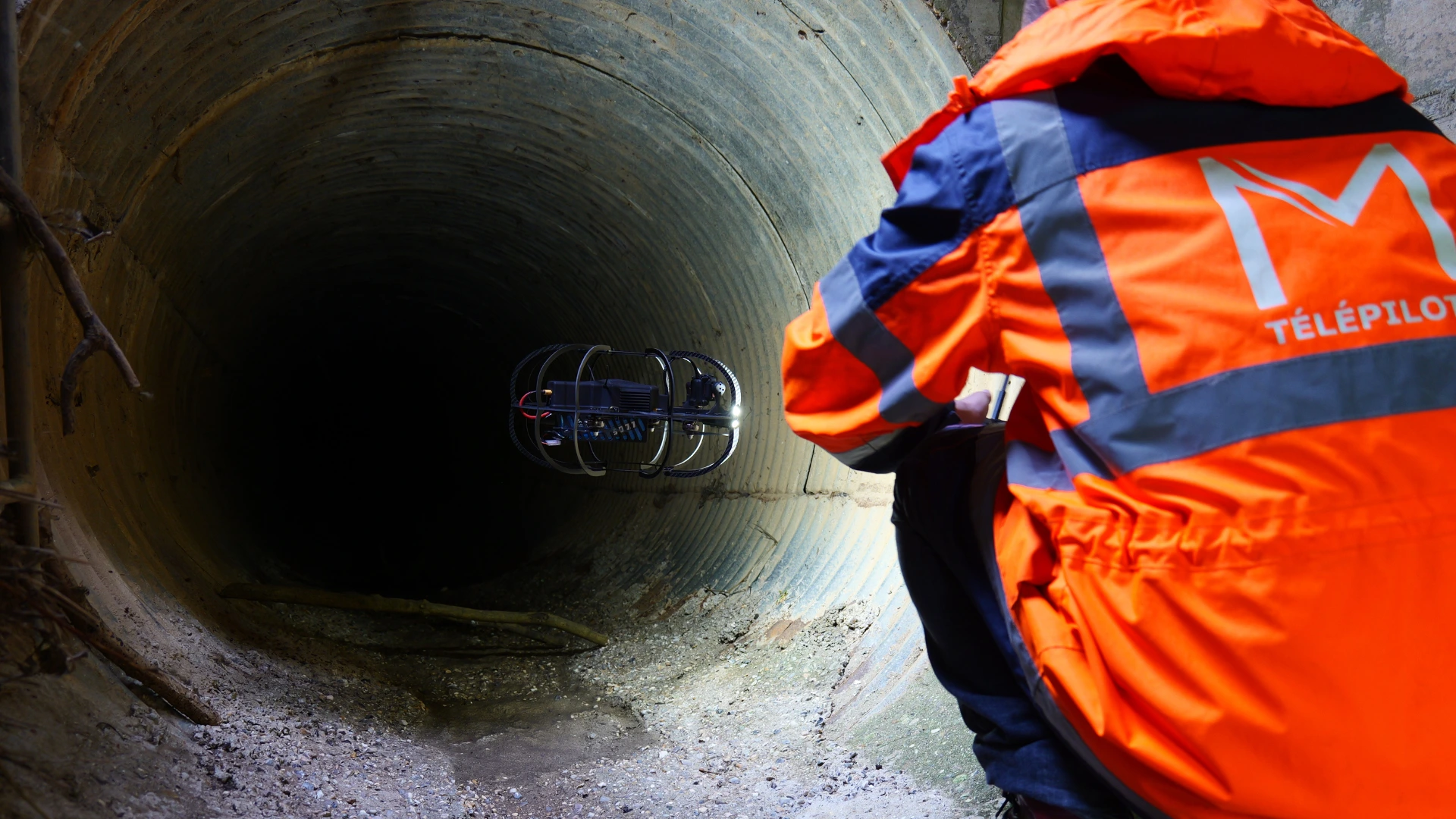Pipe inspection is essential to ensure the proper operation of sewer systems, prevent malfunctions and avoid costly accidents. Whether it's a public, industrial or private network, this procedure provides a precise view of the internal condition of pipes, which are often inaccessible to the naked eye.
For a long time, this task was carried out using ITV (Televised Inspection) carts, but today it benefits from more efficient and flexible technologies, such as the solutions developed by Multinnovin particular with the Roview2. Compact, autonomous and designed for confined environments, this inspection drone revolutionizes the approach tovisual pipeinspection .
In this article, we'll explain in detail how a pipe inspection camera works, why it's essential and what tangible advantages it offers over more traditional methods.
What is a pipe inspection by camera?
Camera inspection involves inserting an optical system into a pipe to view its interior in real time. This operation makes it possible to accurately identify the condition of the walls, locate any damage or anomalies, and document observations in a report that complies with standards such as NF EN 13508-2.
Video inspection is used in wastewater, rainwater and industrial networks, as well as in technical ducts and ventilation ducts. In particular, it is used for :
- search for leaks, infiltrations or structural deformations;
- Post-work inspection after renovation or pipe-laying;
- preventive diagnostics to anticipate maintenance operations;
- regulatory inspection of wastewater systems prior to sale or acceptance.
This non-destructive testing (NDT) method is particularly reliable, precise and, above all, economical in the long term, as it limits the need for invasive or unnecessary interventions.
How does camera inspection of pipes work?
A camera inspection is usually carried out by a specialized technician, equipped with a video recording system and data processing software. The process is organized in several stages:
Site preparation
Prior to any inspection, the pipe is often cleaned with a high-pressure jet to remove any sludge, debris or roots that may impair visibility. This step is essential to guarantee the quality of the analysis.
Choosing the right equipment
Depending on the diameter, length or configuration of the network, several types of equipment can be used:
- Caméras sur câble poussé : idéales pour les petits diamètres (< 150 mm) ou les tronçons courts.
- ITV motorized carts : for longer, straighter pipes.
- Inspection drones like the Roview2 : particularly useful for partially-filled, complex or hard-to-reach pipes.
Inspection and video capture
The camera, equipped with powerful LED lighting, moves along the pipe, filming the walls. The operator follows the progress live on a monitor, with the option of zooming, rotating and annotating.
Modern systems, such as the Roview2allow 360° horizontal and 180° vertical rotation, for a complete panoramic view. Thanks to high definition (up to 4K), even the smallest defects become visible: cracks, subsidence, corrosion, faulty connections...
Analysis and report
Images and videos are then analyzed, time-stamped and geo-referenced. A detailed report is generated, listing all defects observed, their exact position, nature and severity. This documentation is a valuable decision-making tool for operators.
The advantages of modern camera inspection (Roview2 VS ITV cart)
Televised inspection by cart (TVT ) has long been the industry standard. However, this technology has certain limitations, particularly in terms of maneuverability, installation time and accessibility in difficult environments.
It is precisely to address these limitations that Multinnova French company specializing in innovative inspection technologies, has designed the Roview2. This inspection robot, developed for confined environments, offers many advantages over conventional ITV solutions.
Greater mobility
The Roview2 is self-contained, wireless and remotely operated. Unlike ITV carts, which require a cable for power and transmission, the Roview2 can move freely, even in partially water-filled pipes.
It can be used in horizontal or slightly inclined ducts, in complex sections or congested areas, where an ITV forklift would be blocked or too risky to deploy.
Lightweight and quick to deploy
The Roview2 weighs just 2.2 kg and can be set up quickly, without the need for a heavy vehicle or cumbersome cables. This makes it a particularly useful tool for urgent or one-off interventions.
Its flotation system enables it to operate in semi-submerged environments, opening up a whole new range of possibilities inindustry, treatment plants or urban underground networks .
Unrivalled image quality
Thanks to its 4K camera, adjustable LED lighting and omnidirectional rotation capability, the Roview2 delivers exceptionally sharp video. It offers complete visual inspection, with no blind spots.
The user can remotely orientate the camera to zoom in on a specific point or check a suspect fault, without having to reposition the entire system.
Enhanced safety
In high-risk environments (gas, toxicity, lack of oxygen), drone inspection reduces human exposure. No technician needs to descend into the pipe. This considerably reduces the risk of workplace accidents.
The Roview2 is a safer solution that meets the safety requirements of industrial and petrochemical sites, as well as older urban networks.
Cost optimization
Lightweight, fast, precise: all factors that make the Roview2 a profitable investment. It allows you to carry out more inspections in less time, without having to mobilize heavy logistical resources. The reports generated are complete, reliable and immediately usable.
By limiting unnecessary interventions, reducing downtime and preventing incidents, this robot contributes directly to operators' economic efficiency .
Camera-based pipe inspection has become an essential tool for intelligent network management. By combining precision, reliability and non-invasiveness, it enables anomalies to be detected in good time, interventions to be planned and installations to be maintained over the long term.
Innovative solutions such as Roview2developed by Multinnovembody the new generation of French technology servingindustry and public operators. More flexible, safer and more efficient than traditional ITV systems, these inspection robots represent the future ofvisual inspection in confined spaces.
By investing in such innovations, companies gain greater control over their networks, reduce risks and optimize resources. Camera inspection, thanks to tools such as the Roview2is no longer just a technical necessity: it's a strategic opportunity.


